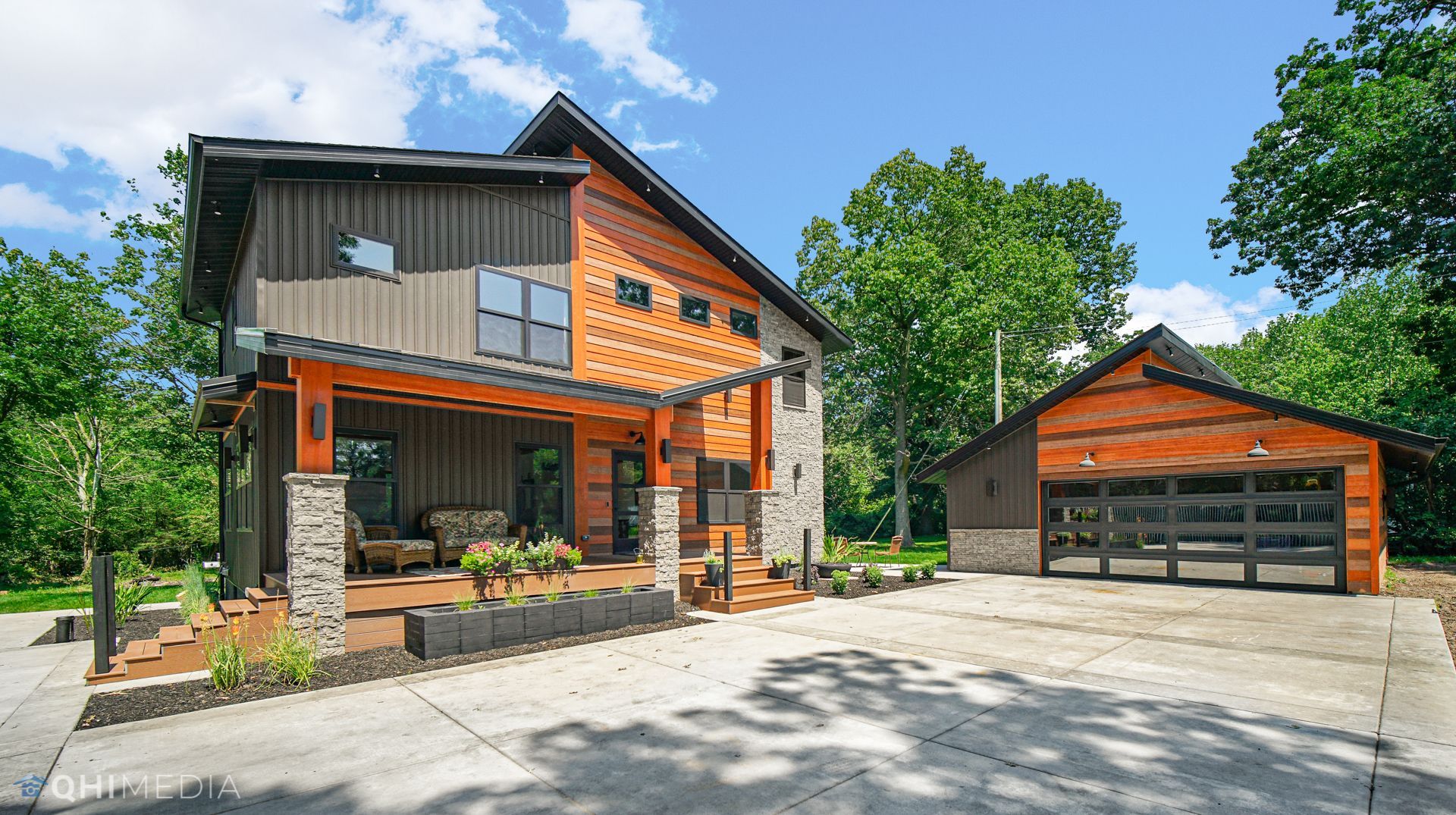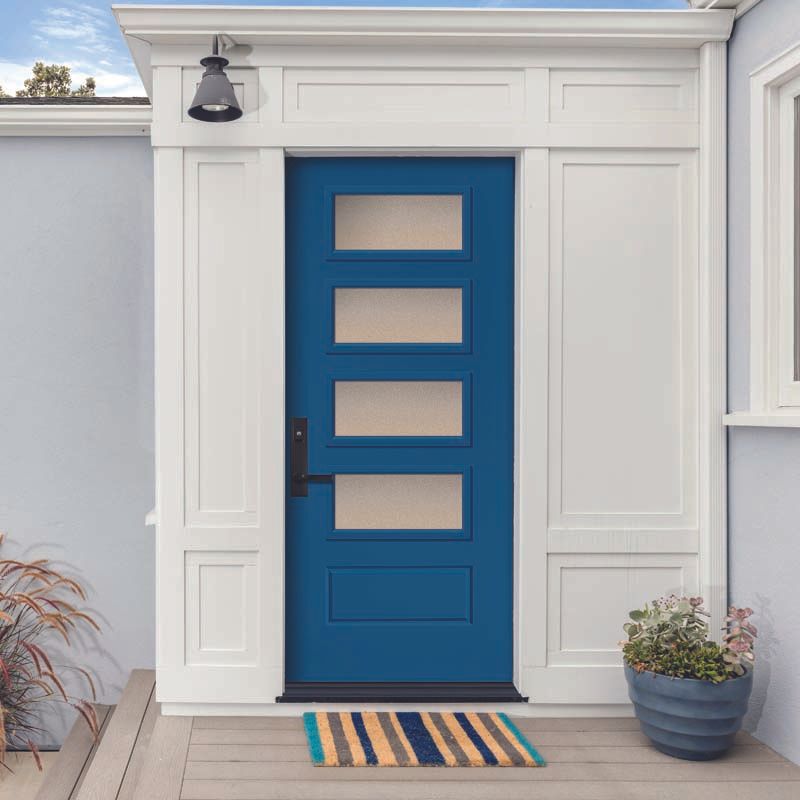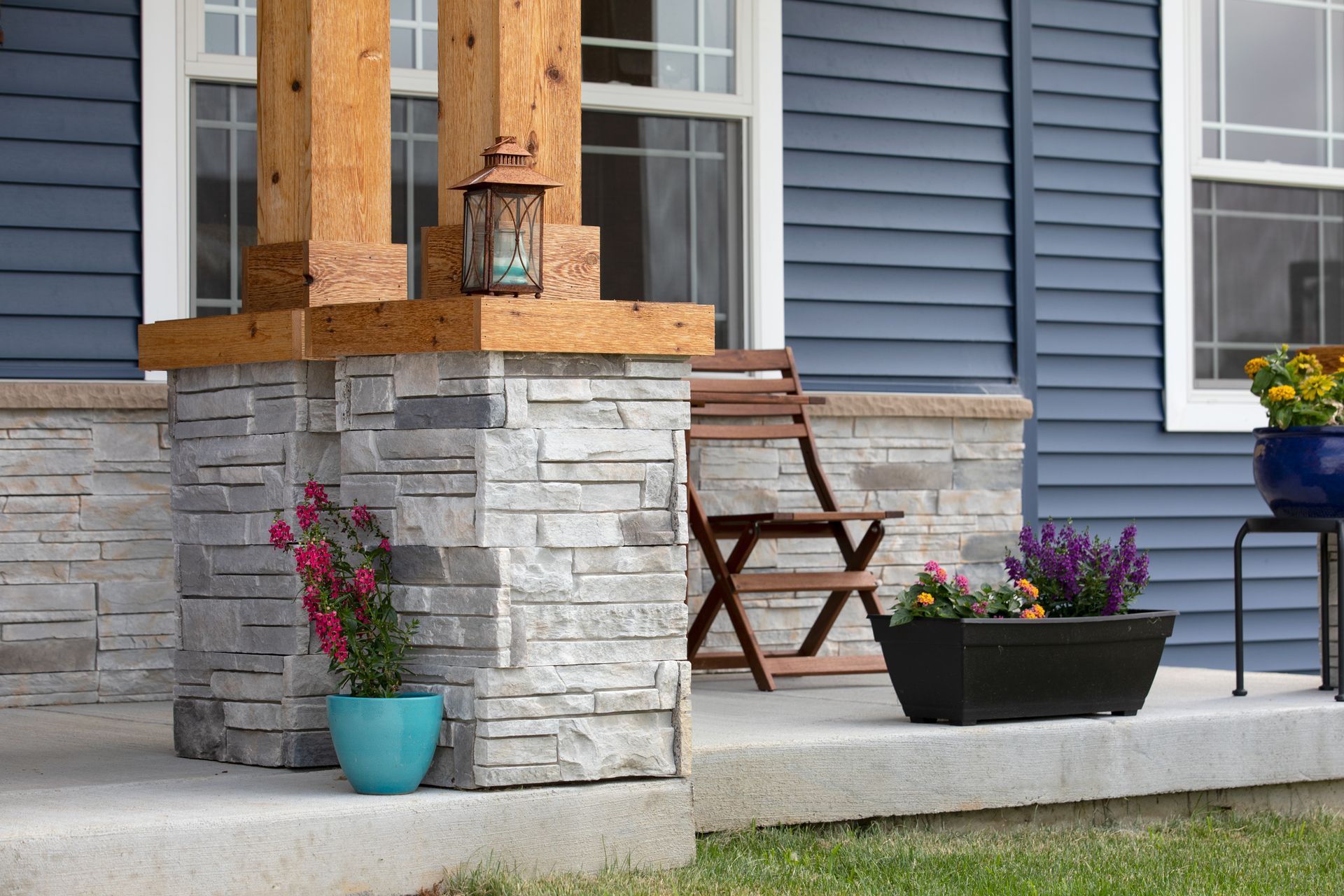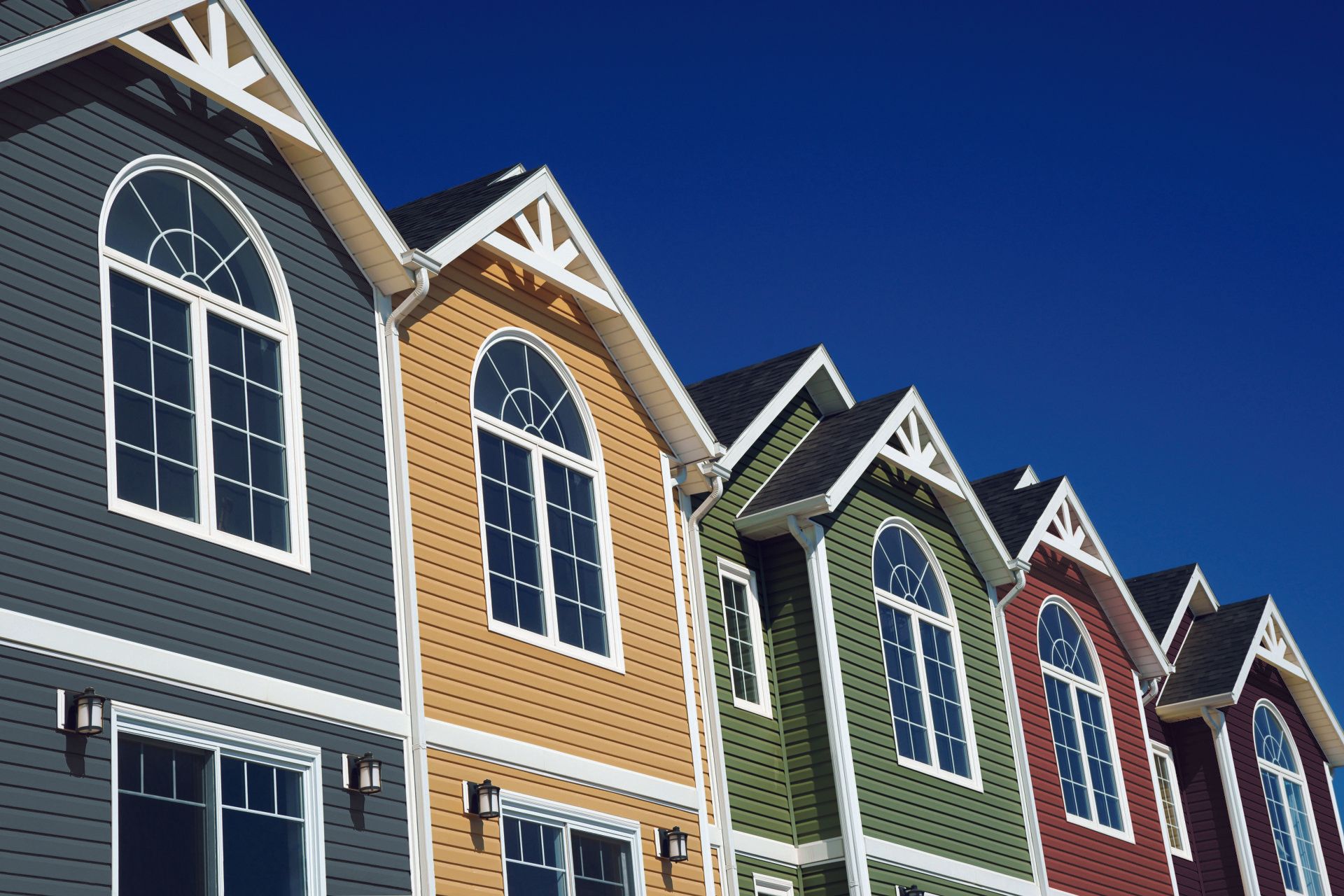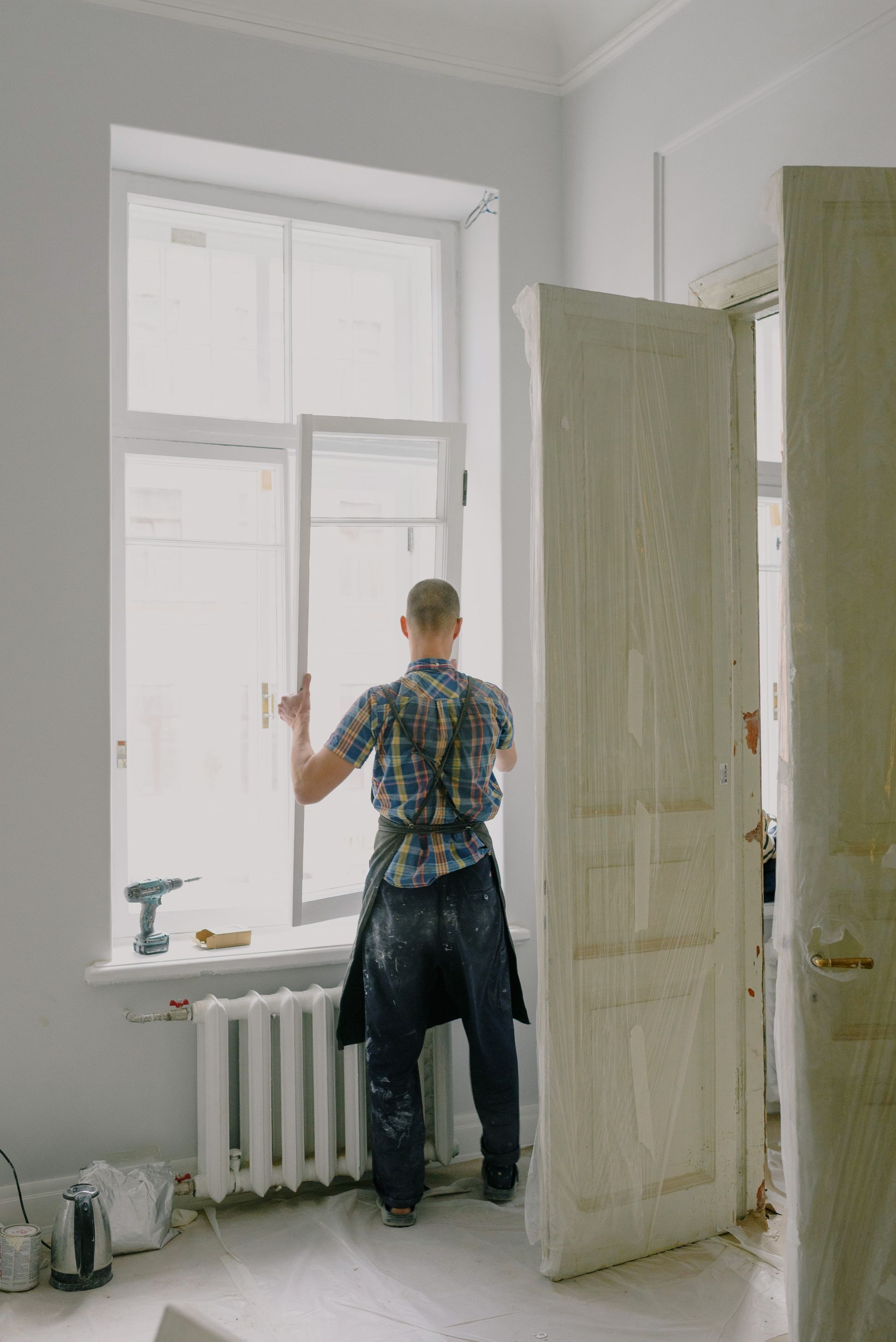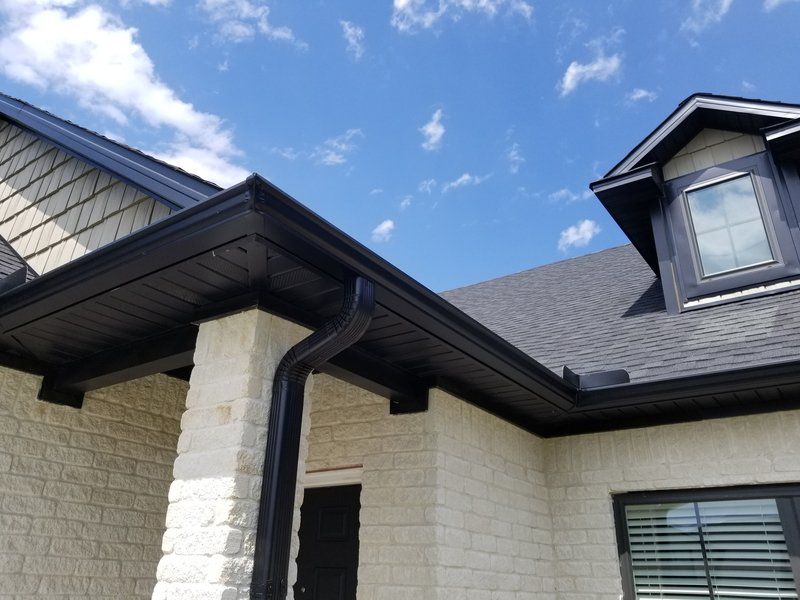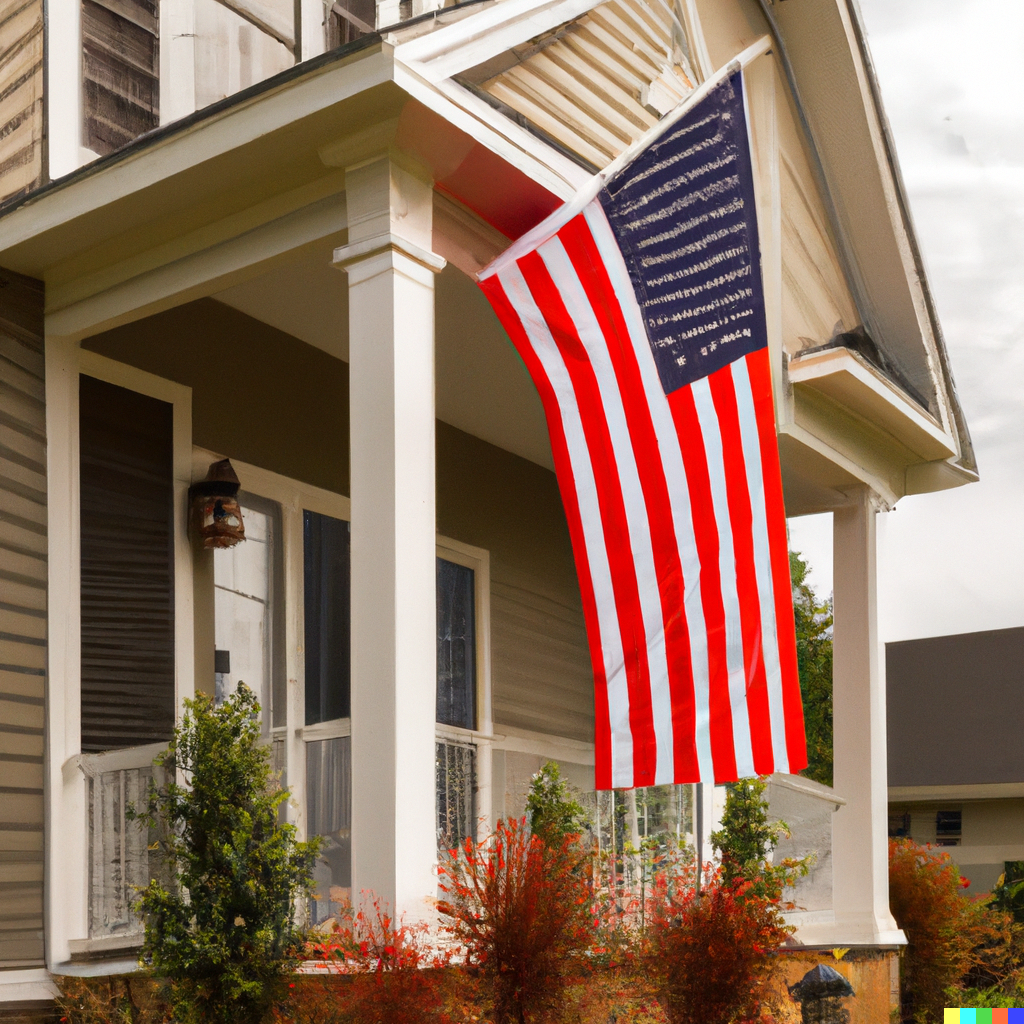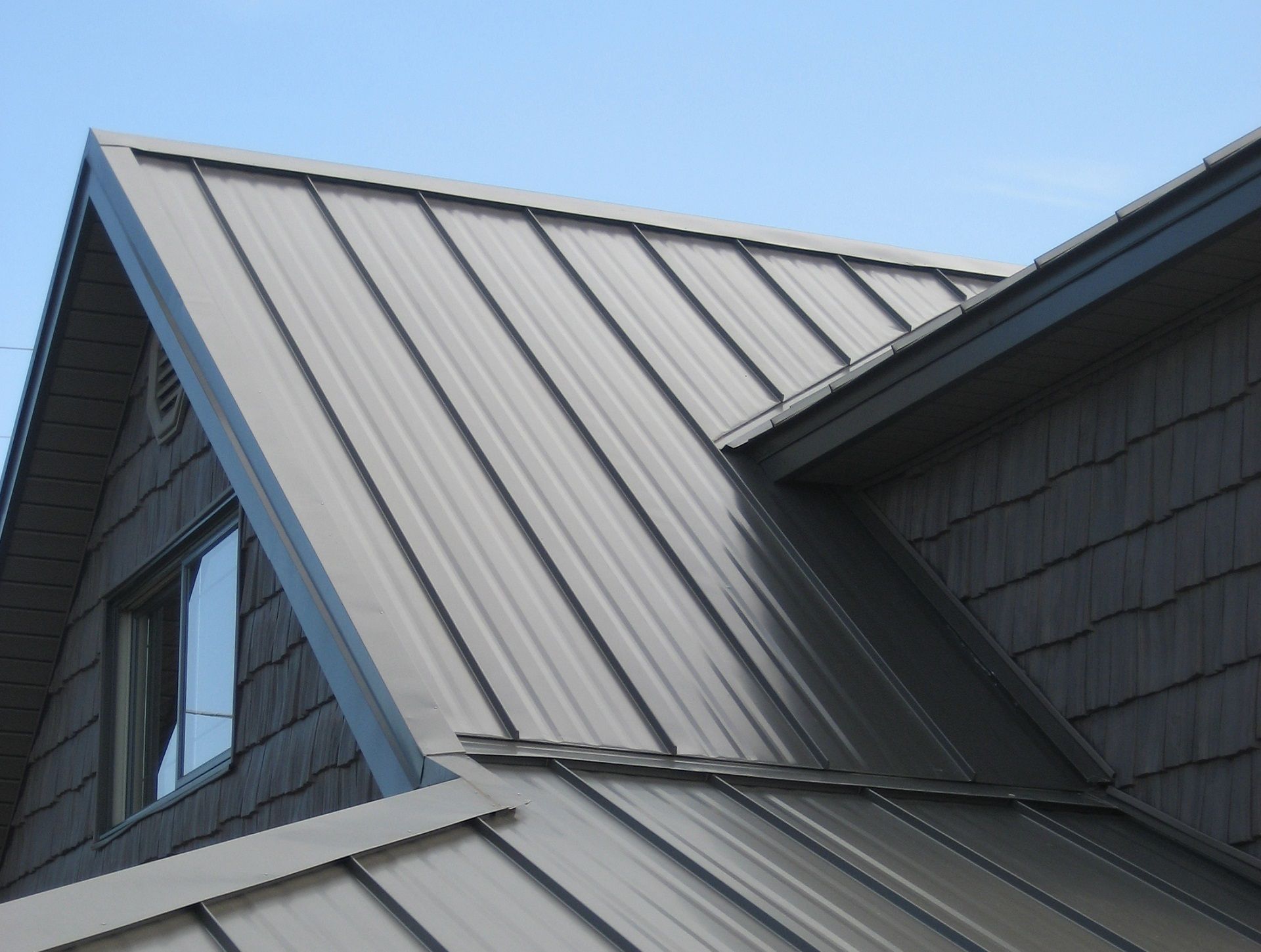The Importance of Flashing Your House: Shielding Your Home from the Elements
No, not that kind of flashing!
When it comes to protecting your home from the elements, certain unsung heroes play a crucial role, and aluminum flashing is undoubtedly one of them. Often overlooked, flashing is a vital component that helps safeguard your home against water intrusion, preventing potential damage to your structure and preserving its integrity. In this blog post, we'll delve into the importance of flashing for your house and why it's an indispensable element in the battle against the forces of nature.
1. Defending Against Water Intrusion:
Water intrusion is one of the primary threats to the structural integrity of your home. Flashing serves as a barrier that redirects water away from vulnerable areas, such as joints, seams, and transitions in your home's exterior. By preventing water from penetrating these areas, flashing shields your home from the damaging effects of moisture, including rot, mold, and decay.
2. Protecting Critical Junctions:
Flashing is strategically installed at critical junctions where different building materials meet, such as roof-to-wall intersections, window and door openings, and where siding meets the foundation. These vulnerable points are prone to water infiltration, making proper flashing installation crucial to maintaining a watertight seal.
3. Preserving Your Home's Structure:
Water damage doesn't just affect the appearance of your home; it can compromise its structural integrity. Flashing helps preserve the structural elements of your house by preventing water from seeping into the framing, sheathing, and insulation. This, in turn, mitigates the risk of costly repairs and ensures the long-term stability of your home.
4. Mitigating Mold and Rot:
Excessive moisture is a breeding ground for mold and wood-destroying fungi. When water infiltrates your home, it creates an environment conducive to mold growth and wood rot. Properly installed flashing acts as a barrier, reducing the risk of these harmful issues and promoting a healthier indoor environment.
5. Enhancing Energy Efficiency:
In addition to protecting against water intrusion, flashing contributes to the energy efficiency of your home. Properly sealed joints and transitions prevent air leaks, reducing heat loss in the winter and heat gain in the summer. This can lead to increased energy savings and a more comfortable living space.
6. Preventing Interior Damage:
Water infiltration can wreak havoc on your home's interior, causing damage to drywall, insulation, and even personal belongings. By effectively directing water away from vulnerable areas, flashing safeguards your home's interior, preserving its aesthetic appeal and protecting your investment.
7. Ensuring Longevity of Exterior Finishes:
Exterior finishes, such as siding and stucco, are susceptible to water damage if not adequately protected. Flashing provides a barrier that helps extend the life of these finishes, ensuring they remain attractive and functional for years to come.
8. Compliance with Building Codes:
Many building codes mandate the use of flashing in specific areas of construction. Compliance with these codes not only ensures the safety and durability of your home but also protects you from potential legal and insurance issues in the future.
In the grand symphony of home construction, flashing may play a subtle tune, but its importance cannot be overstated. As a defender against water intrusion and a preserver of your home's structural integrity, flashing is an investment in the longevity, safety, and efficiency of your home. When it comes to weathering the storms, both figurative and literal, proper flashing is your home's reliable guardian, silently working to keep the forces of nature at bay.
Learn more about custom flashings we fabricate in our shop, here!
View More Helpful Homeowner Hints Here!

